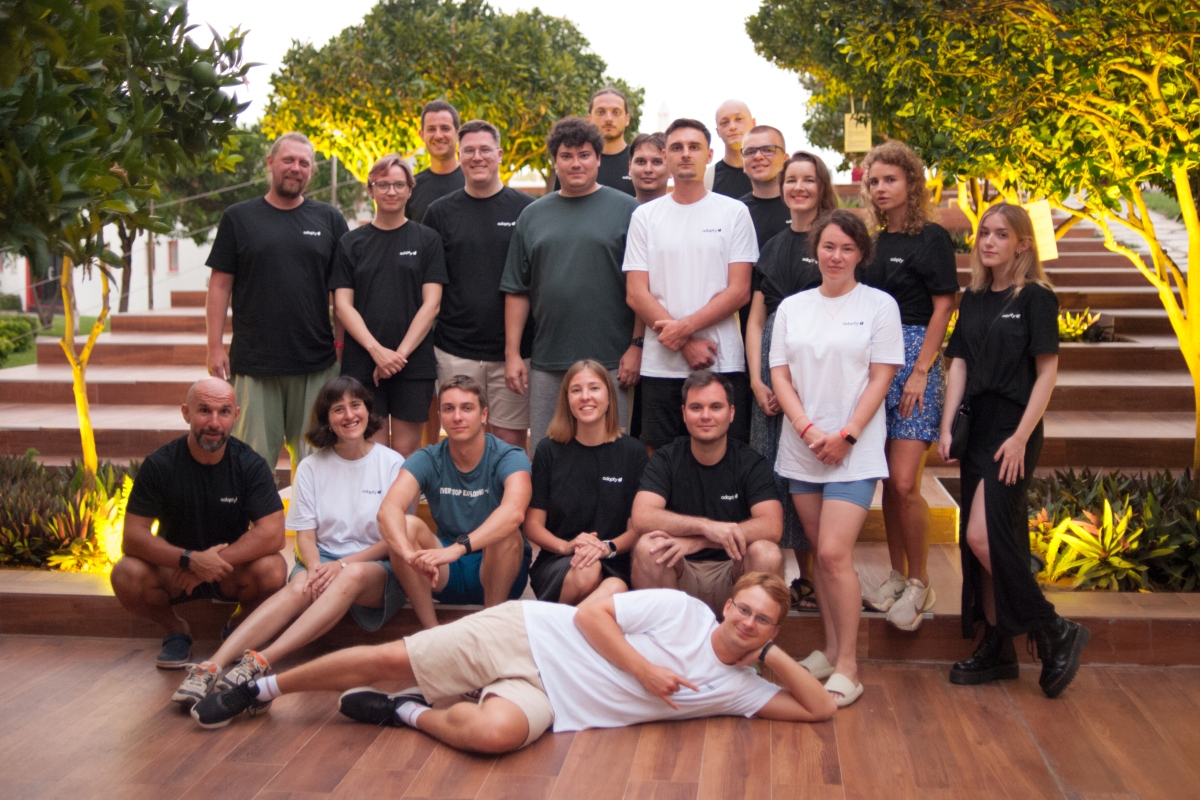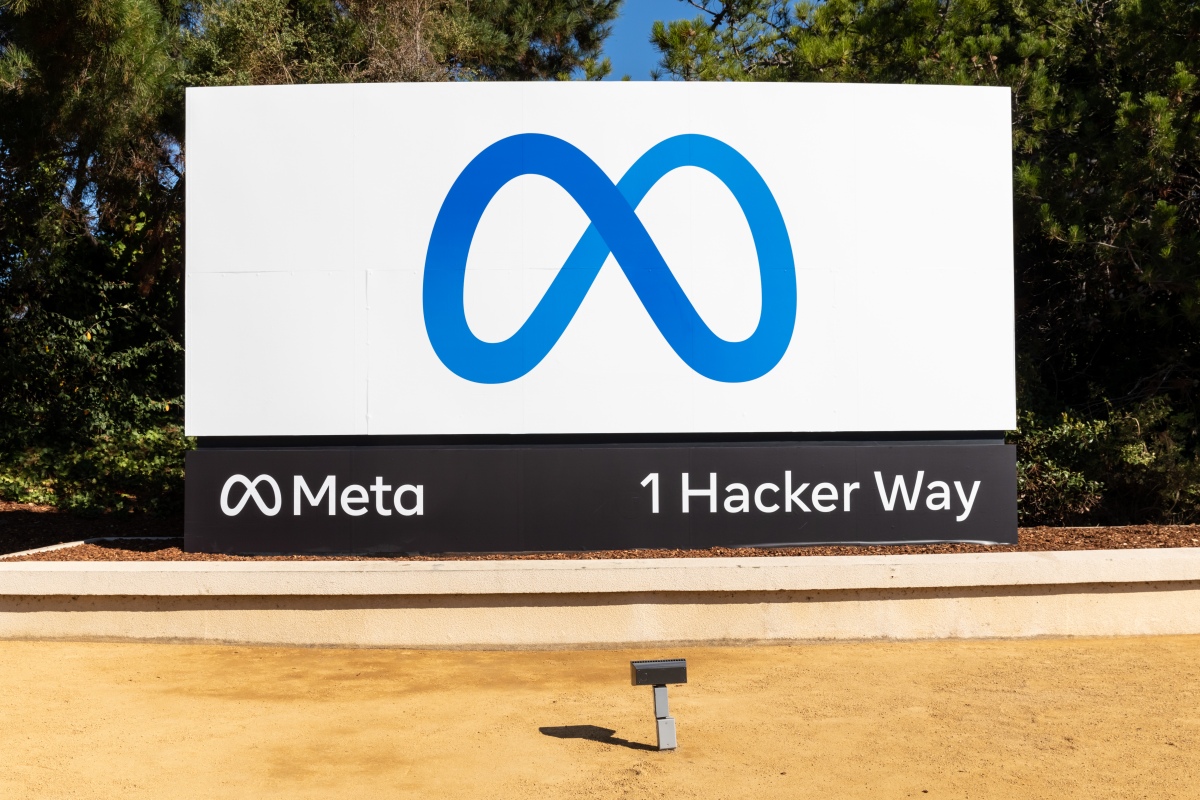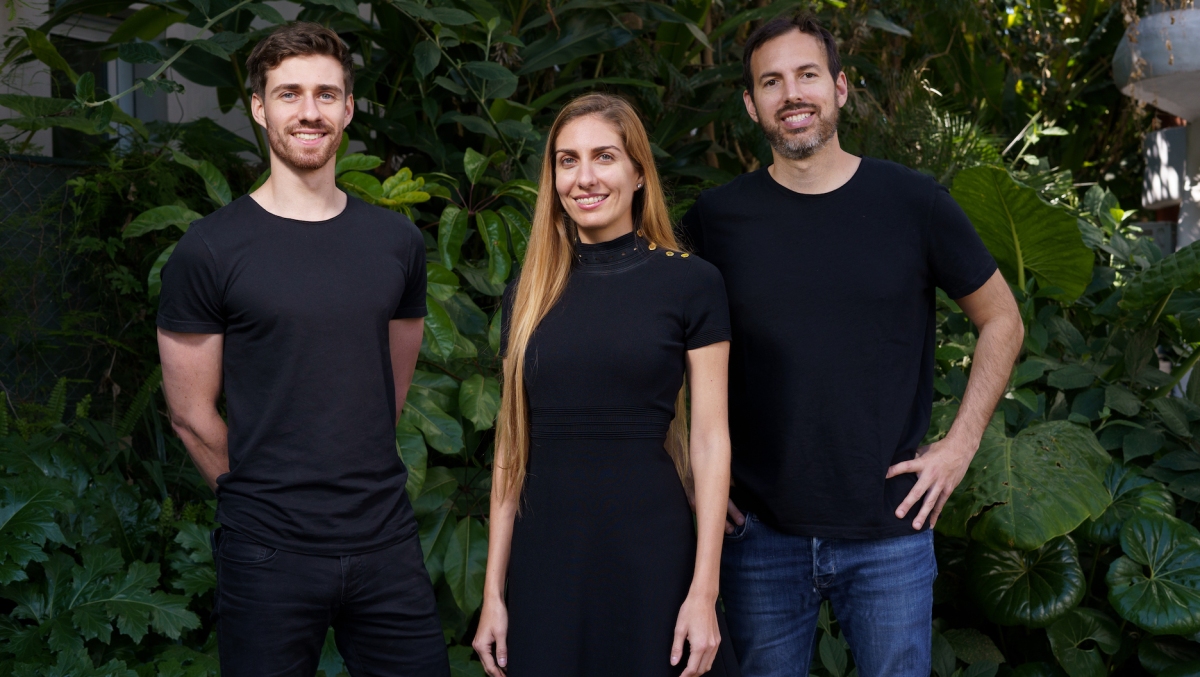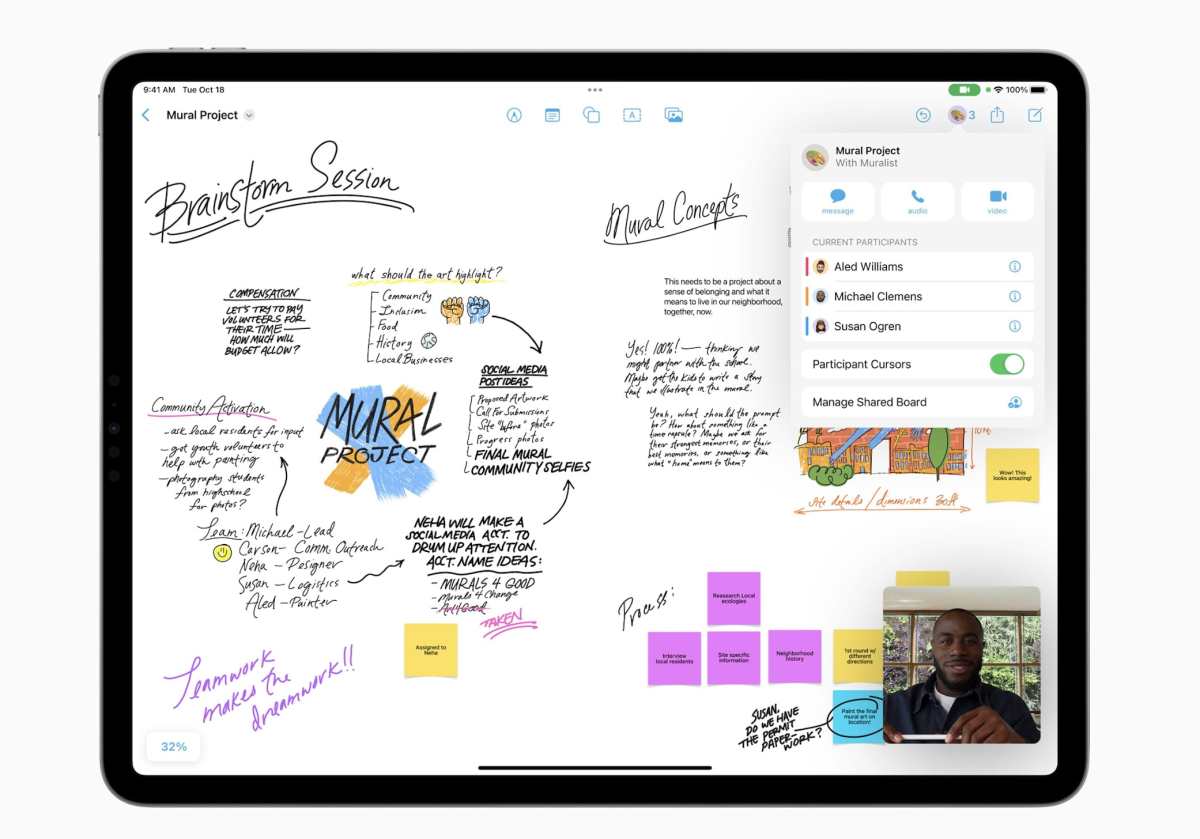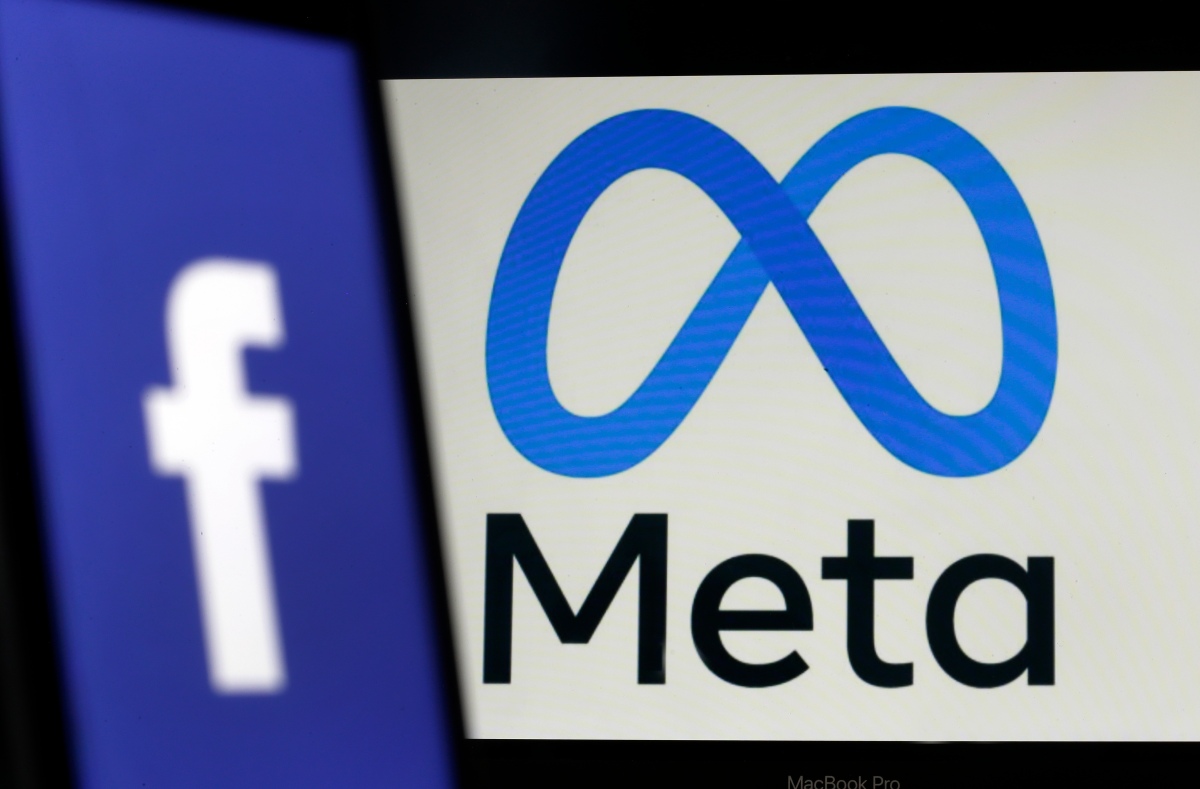Binance chief says FTX going down ‘not good for anyone’, warns of greater regulatory scrutiny • ZebethMedia
Binance founder and chief executive Changpeng Zhao says FTX “going down is not good for anyone in the industry,” and the ongoing episode has “severely shaken” the confidence of consumers, a day after the world’s largest exchange signed a non-binding agreement to acquire its most formidable rival firm. Zhao said the sudden liquidity crunch at FTX will attract greater scrutiny on crypto exchanges from regulators. “Licenses around the globe will be harder to get. And people now think we are the biggest and will attack us more,” he said in a note to employees Wednesday, before publicly tweeting it. The billionaire, widely considered as the most powerful man in crypto, also asked the employees to not trade FTT, FTX’s native token. “I asked our team to stop selling as an organization. Yes, we have a bag. But that’s ok. More importantly, we need to hold ourselves to a higher standard than even in banks,” he wrote. The FTT token has fallen about 70% since Tuesday, now trading at about $4.5. Binance announced on Tuesday that it had signed a letter of intent to acquire the three-year-old firm FTX, delivering a shocking twist to the public spat between the world’s two largest crypto exchanges. Zhao said Binance reached the decision after the three-year-old exchange FTX’s chief executive Sam Bankman-Fried reached to him and sought help. Binance, the world’s largest crypto exchange, is the first investor that backed FTX, but as the younger firm grew in popularity, the relationship between the two started to wither. The firms haven’t disclosed the financial terms of the deal, but it is likely utterly terrible for investors of FTX, which was valued at $32 billion in a financing round earlier this year. The two executives had been hurling snarky remarks at each other for several months, but the relationship hit an all-time low earlier this month after Zhao said that Binance was selling its holdings of FTT, the native token of FTX exchange, that it had received as part of an exit from the firm last year. Zhao said the firm was liquidating its FTT holdings as a “post-exit risk management,” giving some credence to a widely circulated rumor about Alameda Research’s concerning financial health. Alameda and Bankman-Fried had earlier refuted such concerns. The Binance founder asserted that he did not “master plan this” deal or “anything related to it.” And urged employees to not view this deal as a “win for us.” “It was less than 24 hrs ago that SBF called me. And before that, I had very little knowledge of the internal state of things at FTX,” Zhao said. “I could do some mental calculations with out revenues to guess theirs, but it would never be very accurate. I was surprised when he wanted to talk.” Binance is the world’s most valuable crypto exchange, estimated to be worth over $300 billion. FTX was valued at $32 billion in its most recent funding round (a Series C) in January this year. The firm counts Sequoia, BlackRock, Tiger Global, Paradigm, Thoma Bravo, SoftBank, Ribbit Capital, Insight Partners, Lightspeed Venture Partners, Altimeter Capital, Coinbase Ventures, Sino Global, Bond and Iconiq Growth among its long list of backers. FTX and its FTX US business raised over $2.2 billion across several funding rounds, according to Web3 Signals, a crypto dealbook. Tuesday’s announcement shocked the business world and even the crypto community, which has grown accustomed to topsy-turvy developments this year. Bankman-Fried was hailed as a crypto savior earlier this year after he bought a series of firms. FTX Ventures, the ventures arm of the crypto exchange, is also a major investor in a large number of crypto startups including Aptos Labs, Messari, Sky Mavis, LayerZero, YugaLabs and 1inch Network.

